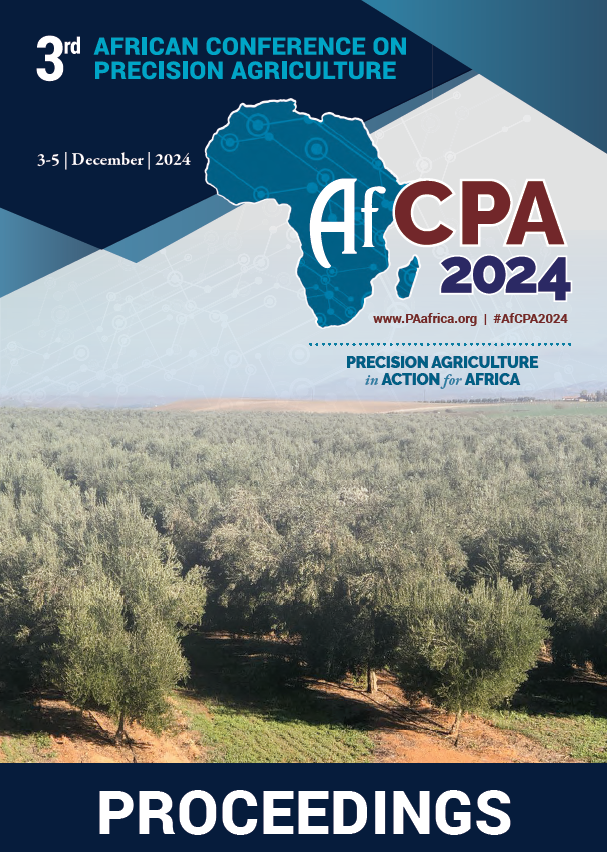Download the Conference Proceedings
Get your copy of the 2024 African Conference on Precision Agriculture Proceedings today! Download the PDF file and view all of the available proceedings.
Proceedings
Authors
| Filter results1 paper(s) found. |
|---|
1. Use of “FertiEdge” Application for Optimizing Wheat FertilizationWheat is a crop of global importance, and effective fertilization is crucial to maximize yield and quality. Traditional methods of fertilization often result in under- or over-application of nutrients, resulting in environmental problems and suboptimal crop yields. FertiEdge is a digital application that provides accurate fertilization recommendations based on real-time data, it’s an innovative tool designed to enhance the efficiency of wheat fertilization. This study evaluates its impact... I. Sbai, F. Sehbaoui, M. Hmimou |
